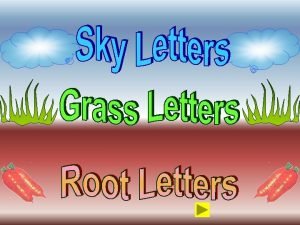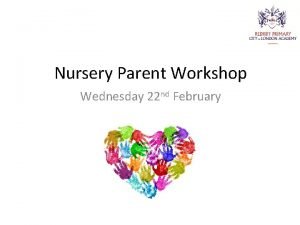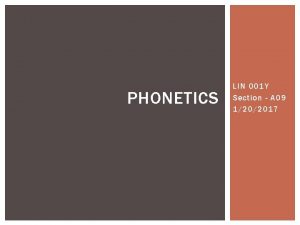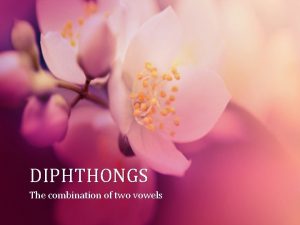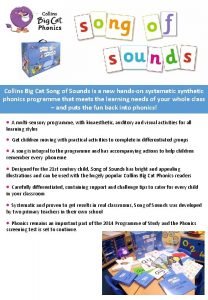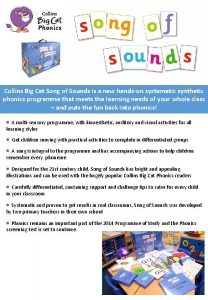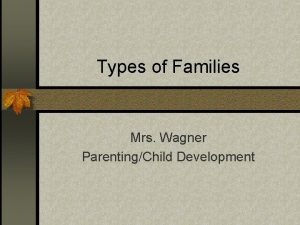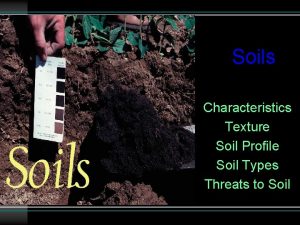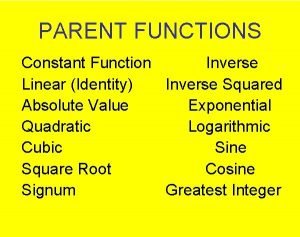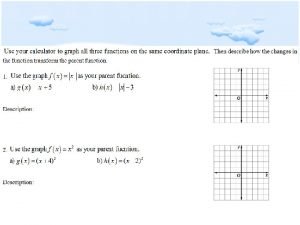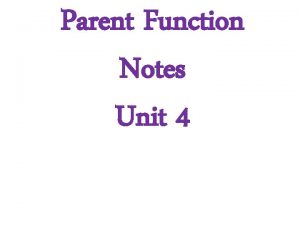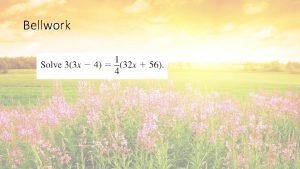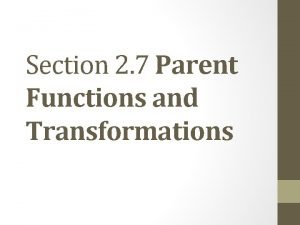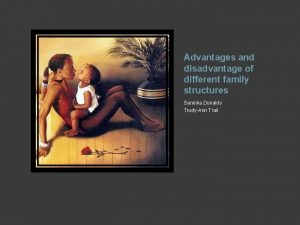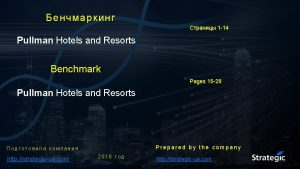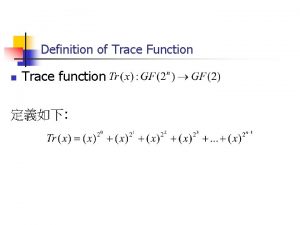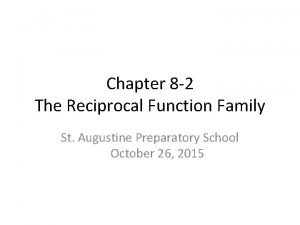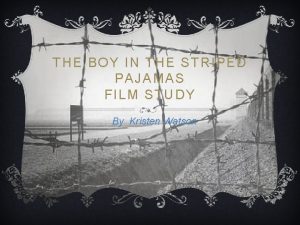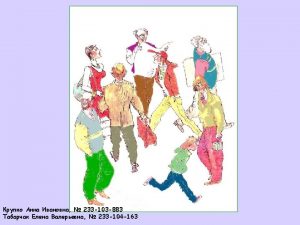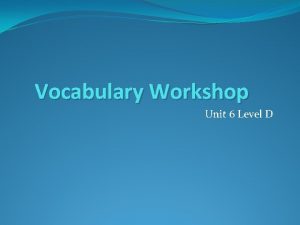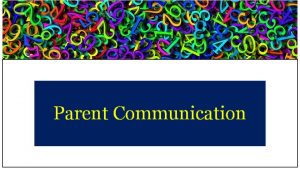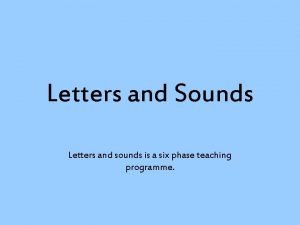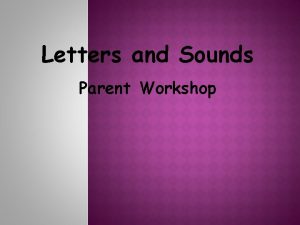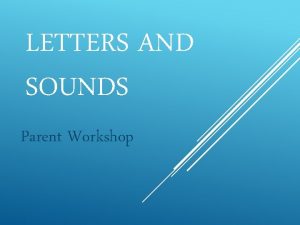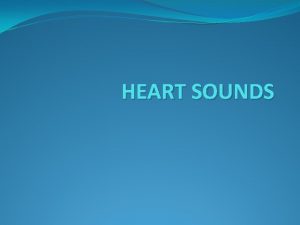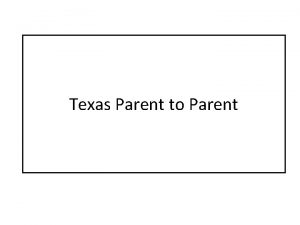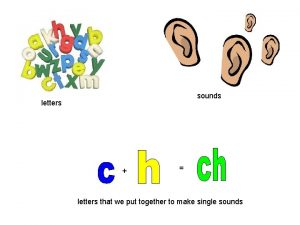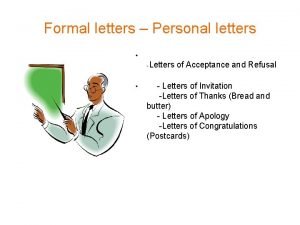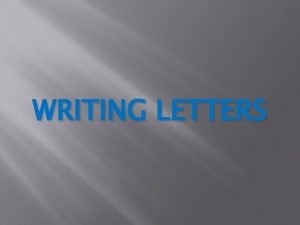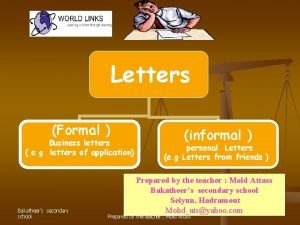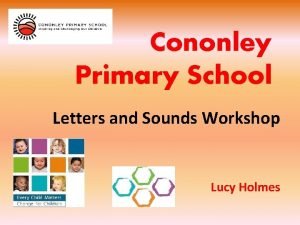Letters and Sounds Parent Workshop Letters and Sounds






















- Slides: 22

Letters and Sounds Parent Workshop

Letters and Sounds �Structured programme �Six phases �Fast pace, lots of consolidation �Blending for reading �Segmenting for writing �Tricky words

Phase 1 Speaking and listening are vital skills children need to develop in order to live successful lives in society. They are key skills for children developing their ability to read and write.

Phase 1 - what does this look like in school? Sound gameshear and recognise the sounds- animal, everyday sounds. Following a beat. Exciting role play areas. Body percussion Explore sounds different objects make. Listening and playing musical instruments. Sound walk around school/local environment.

Phase 2 �Learning specific letters and sounds �Reading tricky words: I go no to the �Blending and segmenting vc and cvc words, and in captions and sentences

Phase 2 - what does this look like in school? 20 minutes daily phonics lesson We use Jolly phonics to introduce new sounds. - Children learn actions and songs to help them remember the sounds. Sound bingo Sound hunt Phonics puzzles and games Letter fans Magnetic letters Sorting objects that begin with different sounds IWB games Practising letter formation through; -Painting letters -Forming letters in the sand -Writing letters in the air -Paintbrush and water -Chalk Flashcards

Sounds covered in phase 2 s a t p i n m d g o c k Ck e u r H b f, ff l, ll ss

How does it sound? A useful website http: //www. youtube. com/watc h? v=Iw. Jx 1 NSine. E&feature=rel ated

Phase 3 �All other sounds are taught. �Alphabet names are important to describe the sounds made by more than one letter �More tricky words for reading �Writing I go no to the �Blending, segmenting, reading, writing words, captions and sentences

Phase 3 - what does this look like in school? 20 minutes daily phonics lesson Tricky word bingo IWB games Sentence building Writing simple cvc and cvcc words using; -chalk -Whiteboards and pens -Different writing materials. Reading simple captions Phonics games. Buried treasure

Sounds covered in phase 3 Letters J, v, w, x Y, z, zz qu Graphemes ch, sh, th, ng, ai, ee, igh, oa, oo ar, or, ur, ow, oi, ear, air, ure, er

Phase 4 Adjacent consonants introduced cvcc words – ten-t mil-k jump ccvc words – d-rum p-lop spoon

Phase 4 - what does this look like in school? 20 minutes daily phonics lesson IWB Games Reading/ Speaking Robot Talk word/ sentence cards Writing ccvc and cvcc words Pens/ paper Whiteboards Phoneme Frames Phonics games: Buried Treasure Countdown Bingo Loop Cards

Phonics Play: A useful website http: //www. phonicsplay. co. uk

Phase 5 Phase Five runs throughout most of Year One. New Graphemes for reading. Eg: ay, ou, ie, ea, oy, ue, ir, aw, wh, ph, ew, oe, au, ey, a-e, e-e, i-e o-e u-e. Alternative pronunciations of known graphemes. Eg: a as in hat, bacon, path, was. Alternative spellings for each phoneme. Eg: picture and catch or listen and house.

Phase 5 - what does this look like in school? 2 o Minute Phonics lesson IWB Games Spellings to learn at home Substitution Phonics skills practised in guided reading and writing lessons Phonics Games Sentence Phoneme Spotter

Kent ICT Games: A useful website http: //www. kenttrustweb. org. uk/kentict/con tent/games/literacy_menu. html

Phonics Screening Check At the end of Year One all children take part in the national phonics screening check. The check takes place in the Summer Term and parents will be informed of the date nearer the time. The check requires children to be able to use all of the sounds learnt up to Phase 5. The check uses real and pseudo words to assess children's ability to decode. The results are fed back to parents in the end of year report.

Phase 6 Children gaining independence. Learning and practising spellings including long words. Application of spelling in writing. Adding suffixes. Eg: s and es, ed and ing, ful, er, est, ly, ment, ness, y. Using a dictionary/ spell checker. Using the past tense.

Phase 6 What does this look like in school? 20 minute focused phonics lesson. Phonics Games: Past tense plurals ICT/IWB Games Act out the adverb Words Earache Application of phonic skills and of knowledge. Retell a story in the past/present tense Find compound words in a story book/ find a partner to make a compound word writing silly sentences Spellings to learn at home/ spelling dictation Joined up writing beginning with digraphs and high frequency words.

A New Vocabulary! �Phonics – the learning of letters and sounds �Phoneme – the sound a letter makes �Grapheme – the written letter �Blending – running sounds together to make a word �Segmenting – breaking a word up into its component sounds �Tricky words – words that cannot be decoded using phonics �cvc – c = consonant (b/c/d/f), v = vowel (a/e/ee) �Digraph - a sound made with two letters eg. sh ai oi �Phonetically plausible – written phonetically that it can still be read although it is spelt incorrectly eg. torl werk cabij

The most important thing to remember is to make phonics fun. If you ever need any new ideas please come and ask your child’s teacher.
 Sky and root letters
Sky and root letters Parent workshop ideas
Parent workshop ideas Oral sounds and nasal sounds
Oral sounds and nasal sounds Diphthongs classification
Diphthongs classification Difference between sounds and letters
Difference between sounds and letters Letters and sounds reception
Letters and sounds reception Collins big cat phonics for letters and sounds download
Collins big cat phonics for letters and sounds download Collins big cat phonics for letters and sounds download
Collins big cat phonics for letters and sounds download Whats immediate family
Whats immediate family Transition area between soil and parent material
Transition area between soil and parent material Parent constant function
Parent constant function What is a parent function
What is a parent function What is the parent function of a linear equation
What is the parent function of a linear equation Parent functions and transformations
Parent functions and transformations Lesson 2-7 parent functions and transformations
Lesson 2-7 parent functions and transformations Physical property of ammonia
Physical property of ammonia Advantage and disadvantage of family
Advantage and disadvantage of family Benchmarkk
Benchmarkk Hadamard basis
Hadamard basis Reciprocal functions
Reciprocal functions The boy in the striped pyjamas film
The boy in the striped pyjamas film Now listen and repeat
Now listen and repeat Unit 6 level b synonyms
Unit 6 level b synonyms
